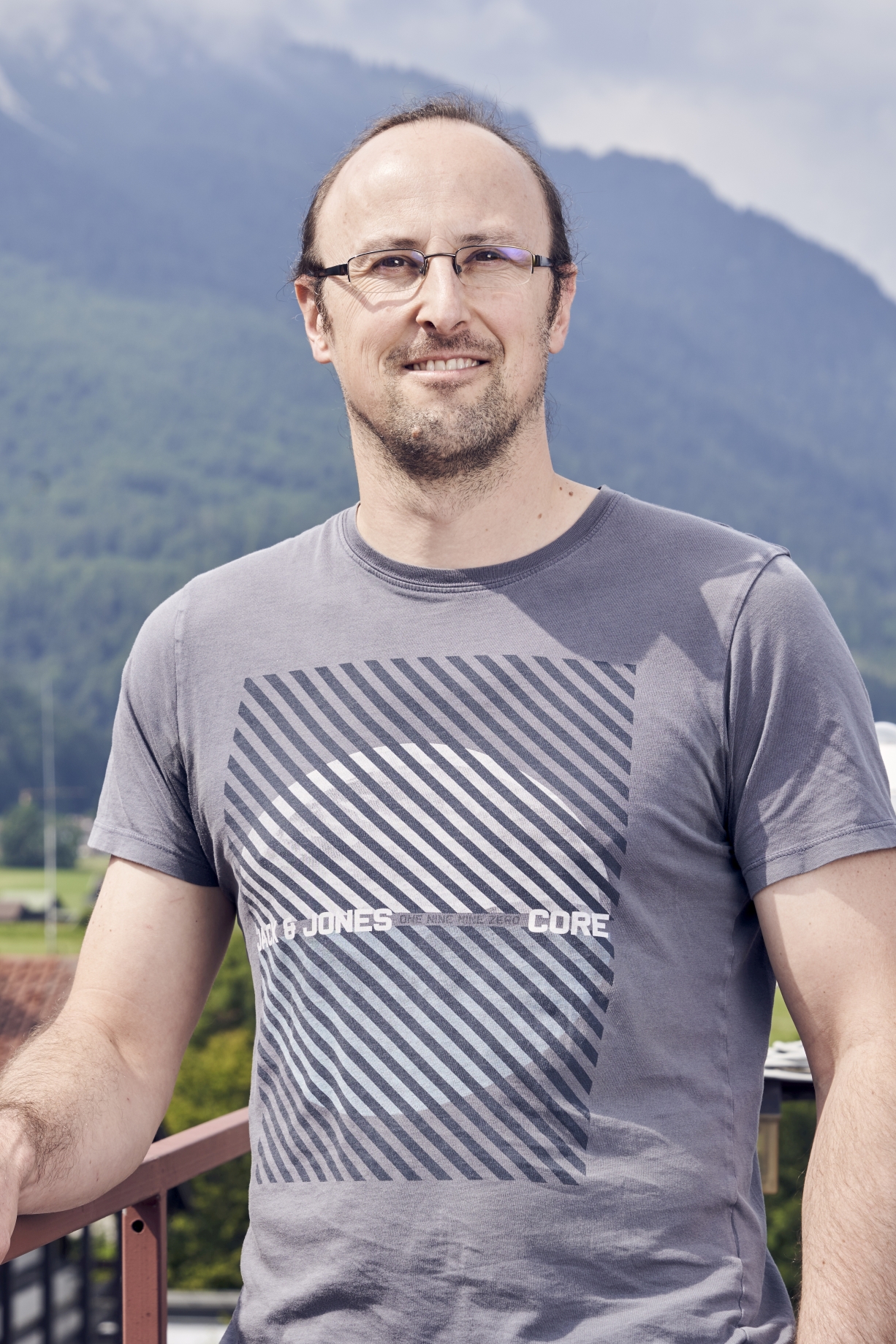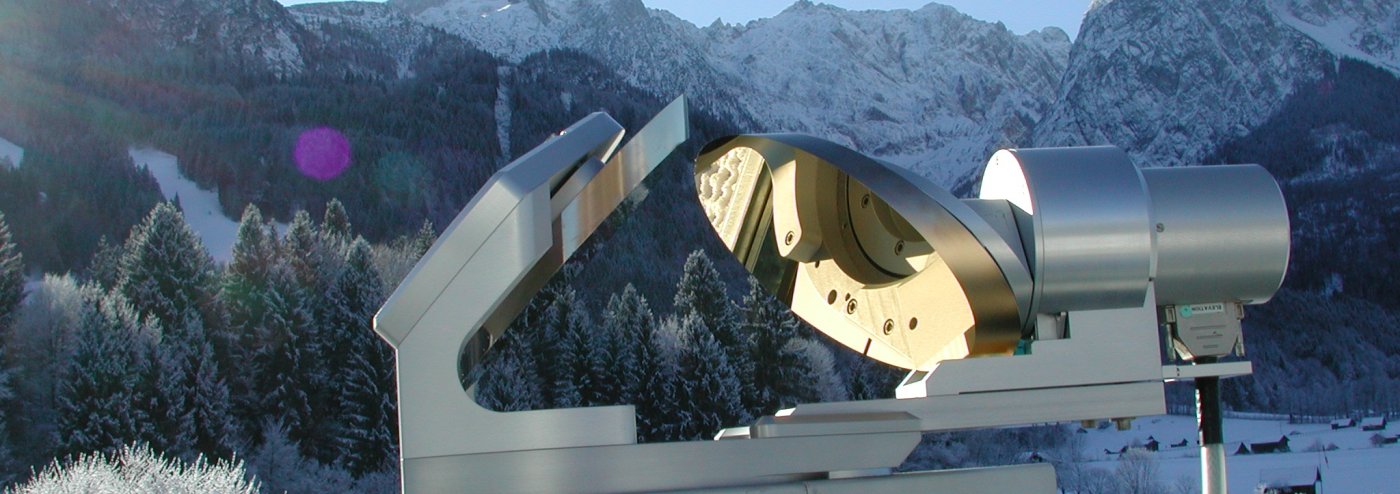
NIR-FTIR
Solar FTIR Measurements in the Near Infrared at Garmisch (47.48 °N, 11.06 °E, 743 m a.s.l.)
Input Data for Inverse Modeling and Satellite Validation within the Kyoto Process
A central goal within the Kyoto process is the search/quantification of sources and sinks of the Kyoto gases CO2, CH4, N2O on continental scale. For this purpose, the TCCON network has been established, which is a set of high-precision ground-based column measurements of Kyoto gases. This network provides input data for inverse modeling of sources and sinks of Kyoto gases as well as for satellite validation (GOSAT). This application implies very high requirements as to the precision of the column measurements (single scan precision < 0.1 %). This is because of the existing high background column levels of the Kyoto gases in the atmosphere, which means that there are only very small relative changes due to sources and sinks which shall be detected.
Traditional FTIR systems operating in the mid infrared spectral range do not allow for the required precision of < 0.1 % because of error sources like cloud impact on the solar absorption measurement. Therefore, we set up at the Garmisch mid-latitude site a new solar FTIR system for near infrared operations according to the TCCON network specifications. The near infrared spectral range allows for simultaneous measurements of the column density of atmospheric oxygen (O2) together with the target species (CO2, CH4, N2O) which would be not possible in the mid infrared because there are no absorption features of molecular oxygen. The atmospheric O2 column is constant, and, the error on the O2 column (e.g., due to clouds or other systematic effects) is approximately proportional to the error on the CO2 or CH4 column. Therefore, these errors can be eliminated by using the ratio of measured columns XCO2:=CO2/O2 or XCH4:=CH4/O2. By this means the required precision of < 0.1 % per measured column (single scan measurement) can be achieved.
Garmisch NIR-FTIR instrumentation
• dome
• sun tracker
FTS:
• Bruker IFS125 HR, evacuated
• 250 cm optical path
• InSb detector plus
• InGaAs/Si-diode dual acquisition
in DC mode
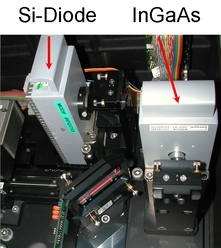
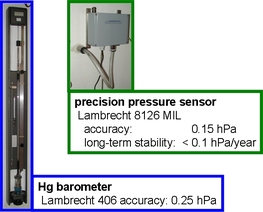
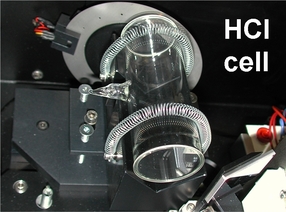
Garmisch NIR-FTIR - measurement examples
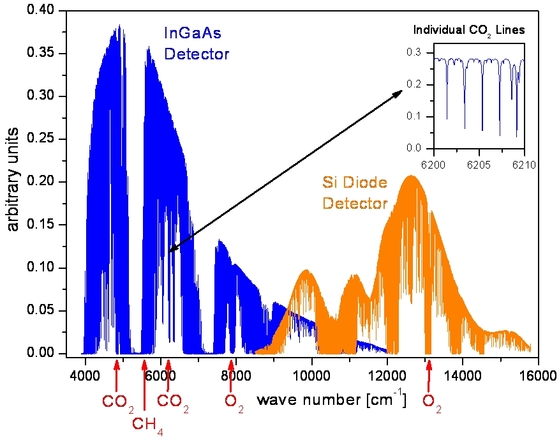
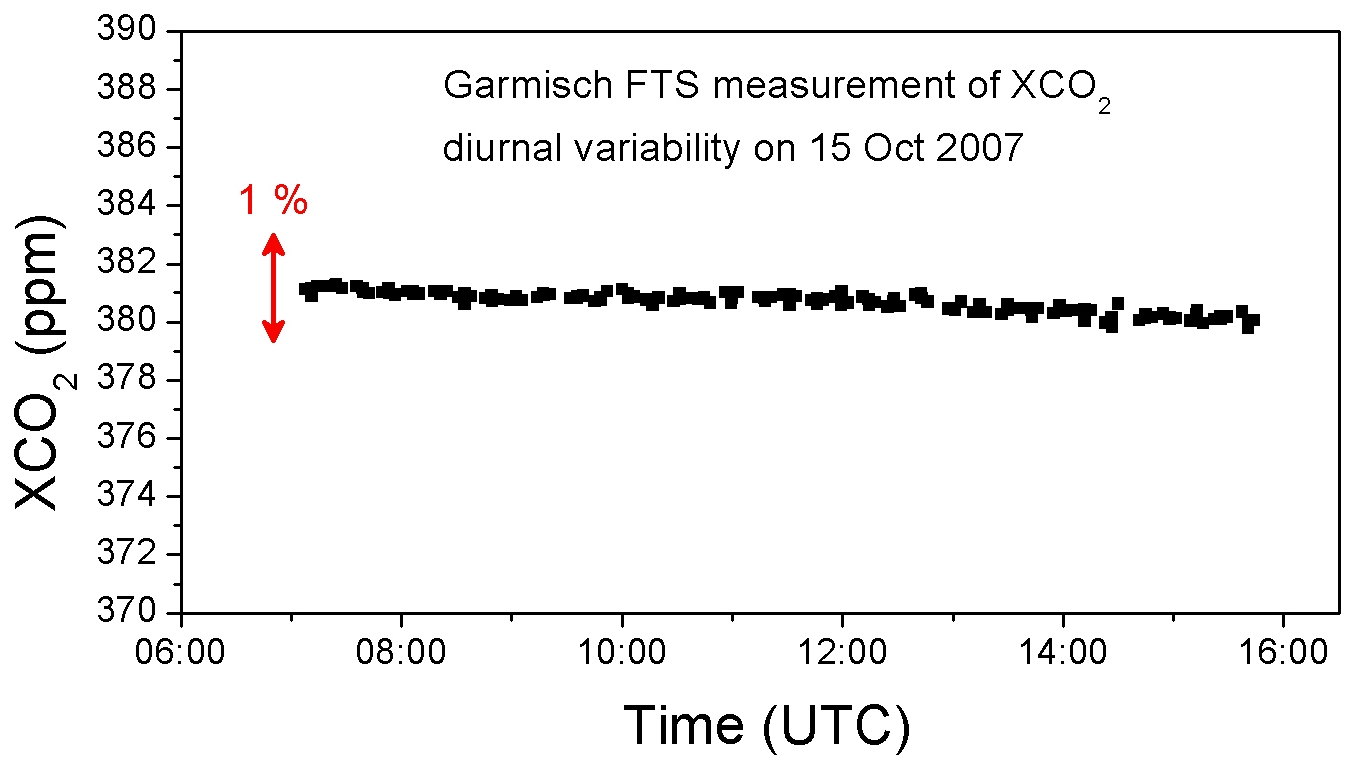

The measurement examples above show the achieved high precision (diurnal variability).
